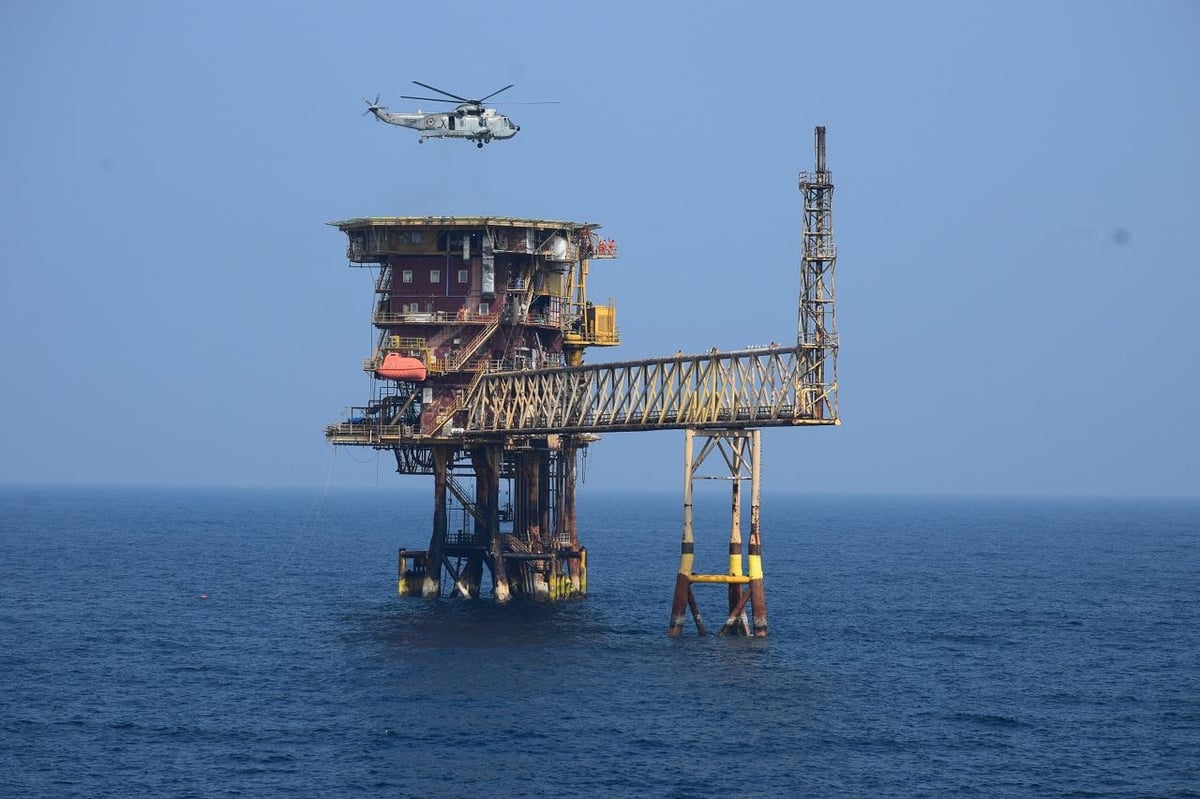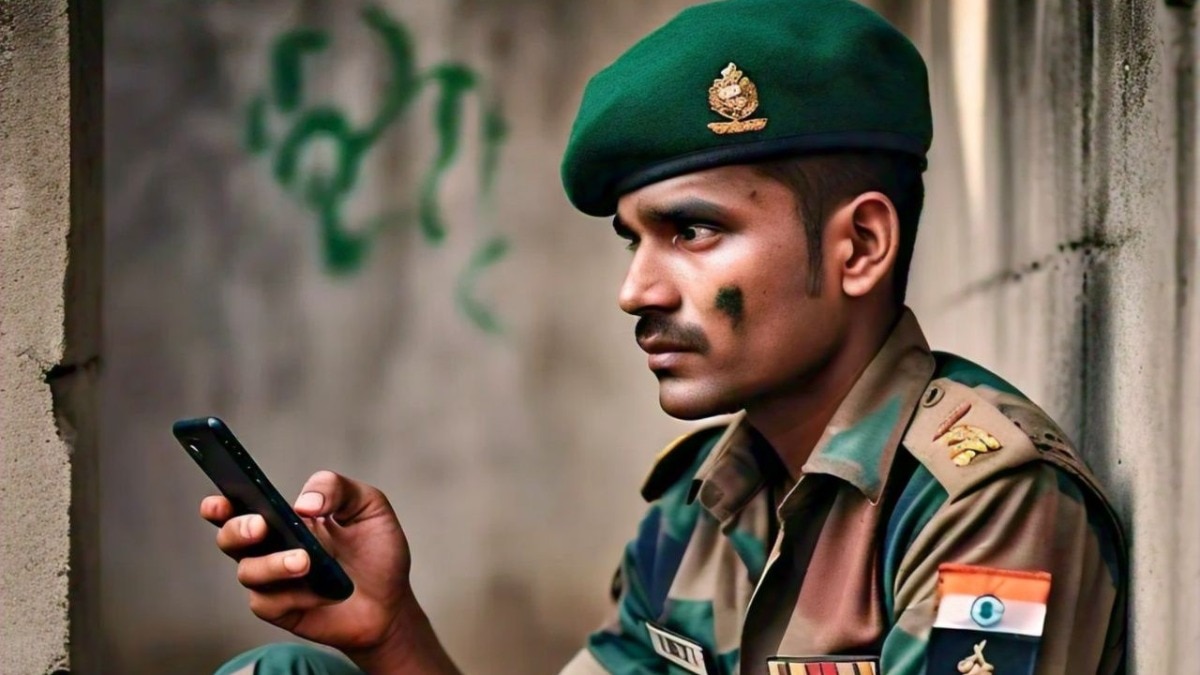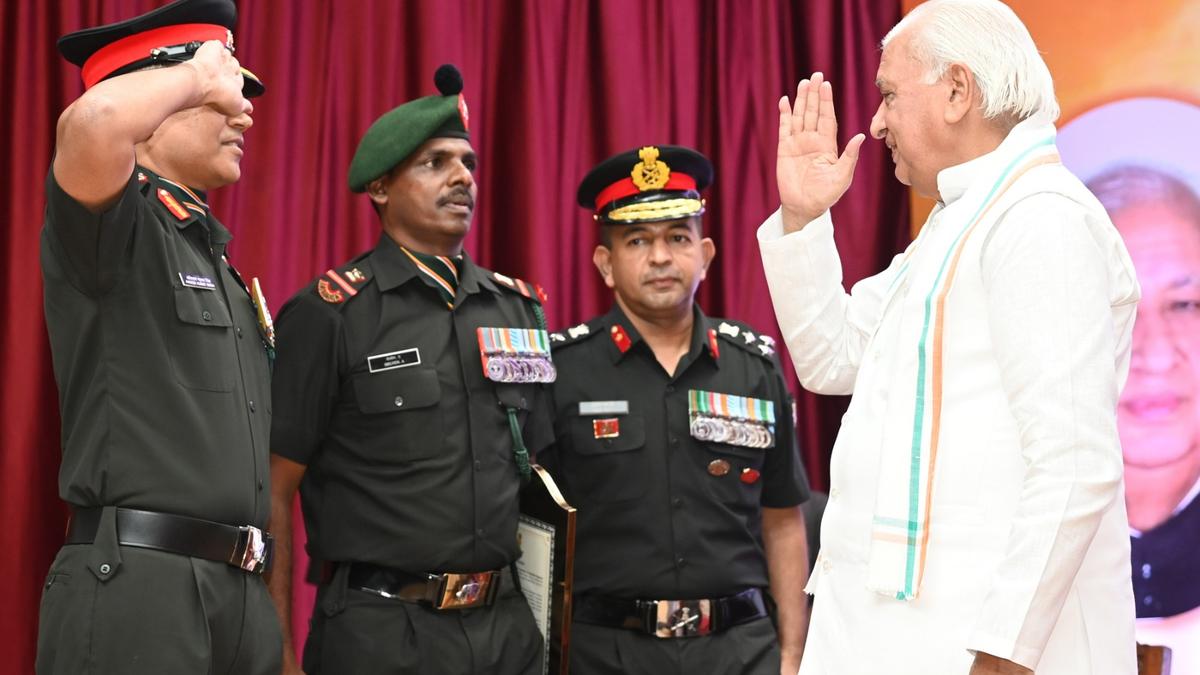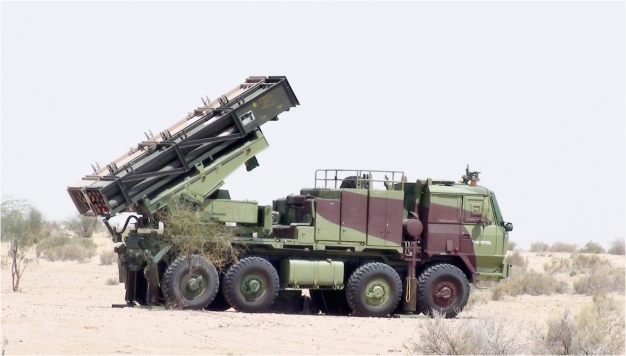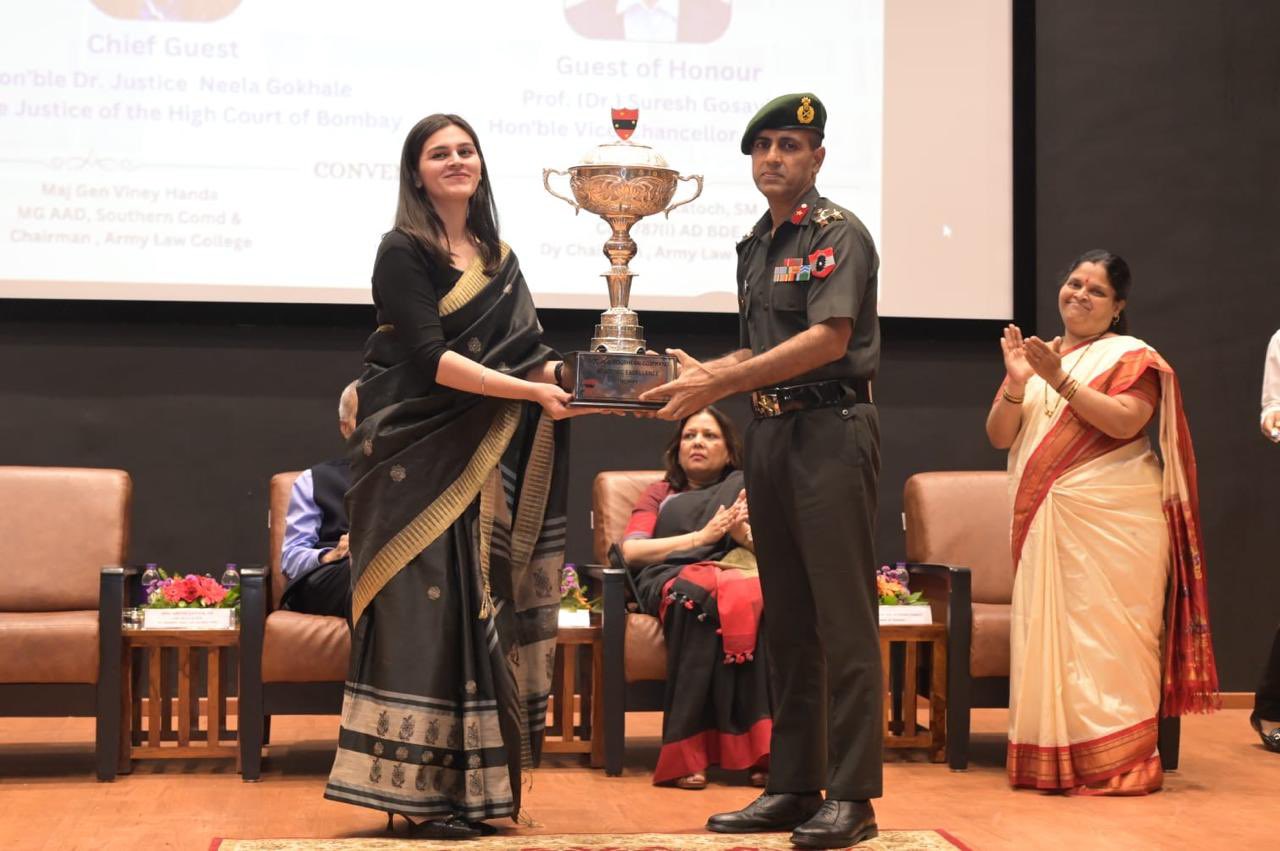Indian Navy to Conduct Large-Scale ‘Sea Vigil-24’ Coastal Defence Exercise in November 2024
NEW DELHI: The Indian Navy is preparing for a significant maritime exercise named ‘Sea Vigil-24’, which will be conducted on…
Indian Army Launches 24/7 Helpline for Soldiers and Veterans Following Assault Incident
In a proactive response to rising concerns over the safety of military personnel, the Indian Army has launched a dedicated…
Governor Arif Mohammed Khan Felicitates Indian Army Soldiers at Pangode Military Station
In a significant gesture of appreciation, Governor Arif Mohammed Khan visited the Pangode Military Station in Thiruvananthapuram on Wednesday, where…
French Army Evaluates Indian Pinaka Rocket Launcher for Replacement of Unitary Rocket Systems
The French Army is in the process of evaluating the Indian Pinaka Multi-Barrel Rocket Launcher (MBRL) to address its artillery…
Military Dental Commandant’s Diary on COVID Care Presented to DGAFMS
In a ceremony highlighting the dedication and resilience of the Armed Forces' medical community, the book "Care during COVID Pandemic: A…
Army Law College Celebrates Graduation Ceremony 2024
Army Law College (ALC), Pune, held its prestigious Graduation and Award Ceremony, celebrating the remarkable achievements of the Classes of…

